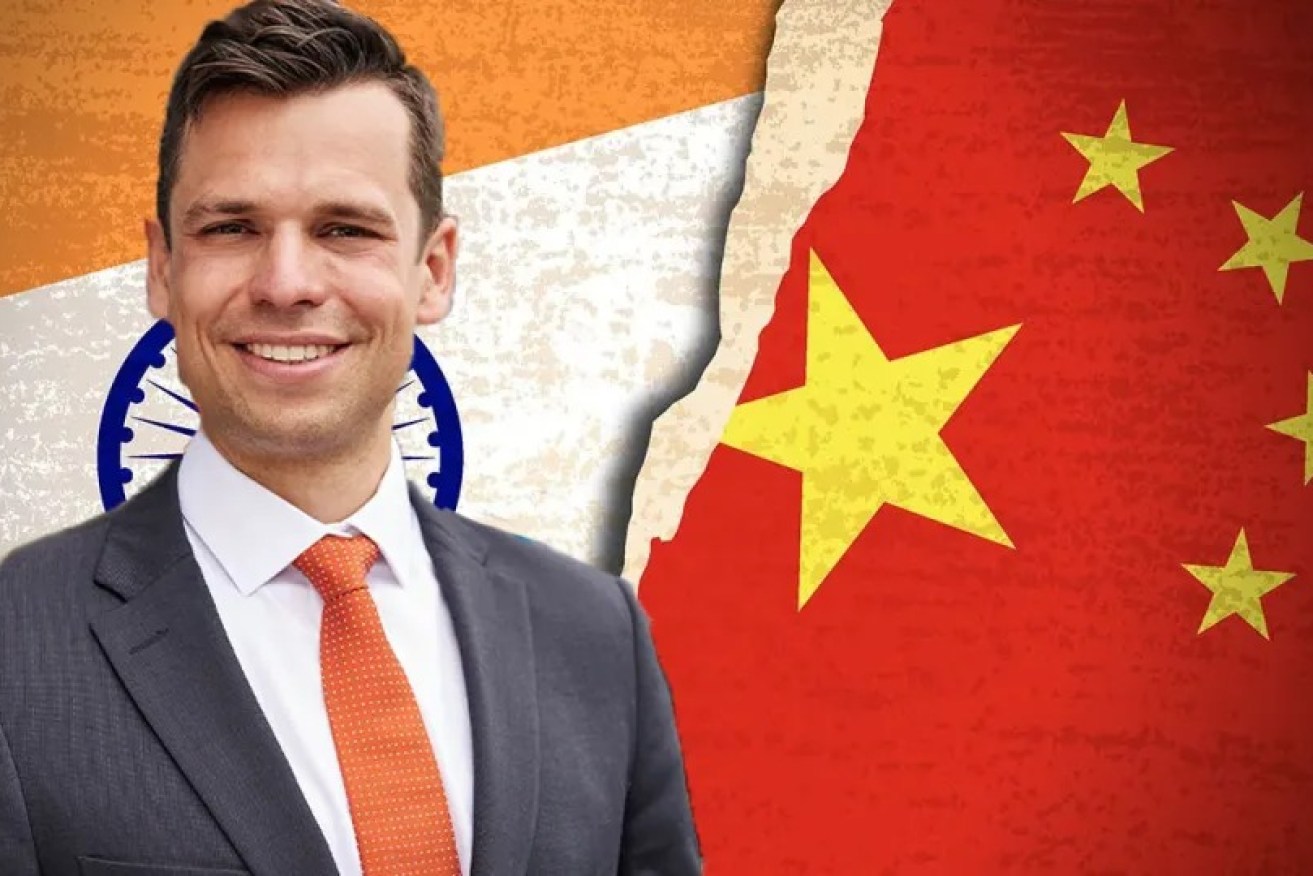Australia shouldn’t write off China, but India is where the growth will come
Our resident demographer takes a look at why India will soon become our major trade partner, as the Premier leads a trade mission to China.


India offers a century of opportunity, but there is still plenty of reasons to court China. Photo: TND/Getty
Nothing that happens in Australia happens in isolation. We are very much embedded into a larger global and regional context.
The animated map below isn’t meant to make you feel dizzy, it is meant to make you feel the dynamism of Asia. You are seeing only the cities, home to one million or more residents from 1950 to 2030.
What you are seeing here is the emergence of the largest middle class in human history. This middle class couldn’t be more important for Australia. We sell what Asia needs: in fact, we’ve built our whole economy around Asia.
Australia operates a very simple business model. We entertain people from around the world (tourism), we educate people (international education), but mostly we sell things that we dig out of the ground (mining) and that we grow in the ground (agriculture).
I recently described how Australia was one of only 13 countries that is a double-net exporter of food and energy, and can therefore operate from a position of geopolitical strength.
China is in the opposite position and net imports both food and energy.
China needs Australia more than Australia needs China. We only get money from China (boring!) while China gets food and energy from Australia (much more important than money).
You would’ve seen news stories earlier in the year about China losing its title as the most populous nation in the world to India.
For the foreseeable future (let’s say 100+ years) India will be the world’s largest country. By the end of the century, China will be half the size of today.
Migration isn’t a significant option for China to counter the effects of super-low (and decreasing) birth rates driven by the infamous One-Child-Policy, expensive housing, and a shrinking sense of optimism.

In a previous column I explained why the Chinese demographic situation might be more extreme still. Allegedly China over-counted its population by around 100 million people.
The current slow down of the Chinese economy impacts Australia. Our currency exchange rates are closely linked to the ups and downs of the Chinese economy. Demand for our export goods slows when Chinese cities stop growing.
What are Australia’s options when China is struggling?
First, we need to remember that we aren’t selling things to all of China. Mostly we are selling to the around 200 million Chinese who are part of the global middle class (around half of the Chinese population are part of the Chinese middle class).
The Chinese middle class might well continue to grow while the nation as a whole declines. Looking at the urbanisation rate as a proxy for measuring the size of the middle class, China might still have a decade or two of growth in the tank.
Widening our perspective and looking to India, we see a very attractive new market emerge.
India is already the world’s most populous nation. Its urbanisation rate is tiny – only 36 per cent of all Indians live in cities. This figure will double eventually, leading to even more economic development activity than we’ve seen in China over the last 25 years.

The age profile of India is also much more promising than the Chinese one.
Have a look at the big bulge of population aged in their 50s and 60s today. In less than 15 years most of those people will have completely left the workforce.
You might have read my column on the retirement cliff in Australia – what China is facing is orders of magnitude more severe. There is virtually no migration to soften the fall off the cliff, and babies are a rare sight. While China still recorded 18 million births in 2016, by 2022 fewer than 10 million babies were recorded.

Contrast this trend to India. The next thirty years will see the size of the population cohort in the highest spending phase of the lifecycle rise. A great market to be doing business with.
Don’t put all your eggs in the Chinese basket as the nation faces huge demographic and economic hurdles in the short, medium and long term. But don’t write off China just yet either.
China will play an important factor in manufacturing the electric vehicles driving the electrification of the global transport network; the Chinese middle class might continue to grow even while the nation declines and total economic output shrinks; and China will remain the Asian military superpower for a long time.
India provides a lucrative alternative trade partner for Australian products.
Obviously, Australia needs to service more markets than just China and India, but since these two nations make up over a third of the global population, they always deserve to be singled out for analysis. Australia already learned its lesson and started to diversify its export destinations after trade with China was limited due to COVID restrictions.
Demographer Simon Kuestenmacher is a co-founder of The Demographics Group. His columns, media commentary and public speaking focus on current socio-demographic trends and how these impact Australia. Follow Simon on Twitter, Facebook, LinkedIn for daily data insights in short format. This story first appeared in our sister publication The New Daily.





